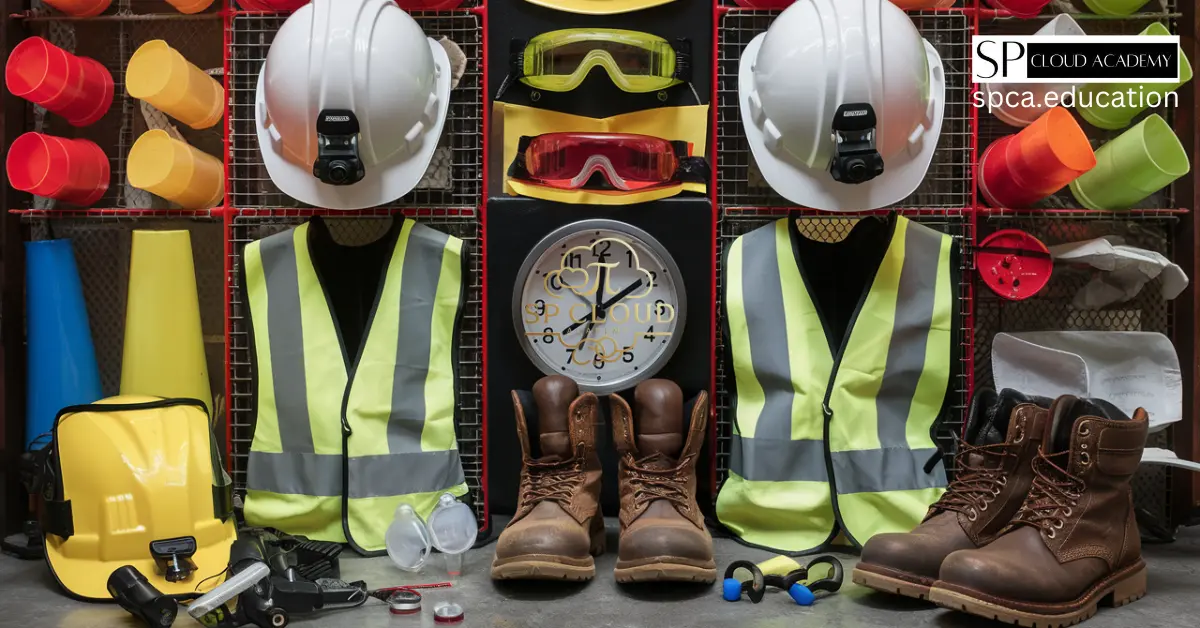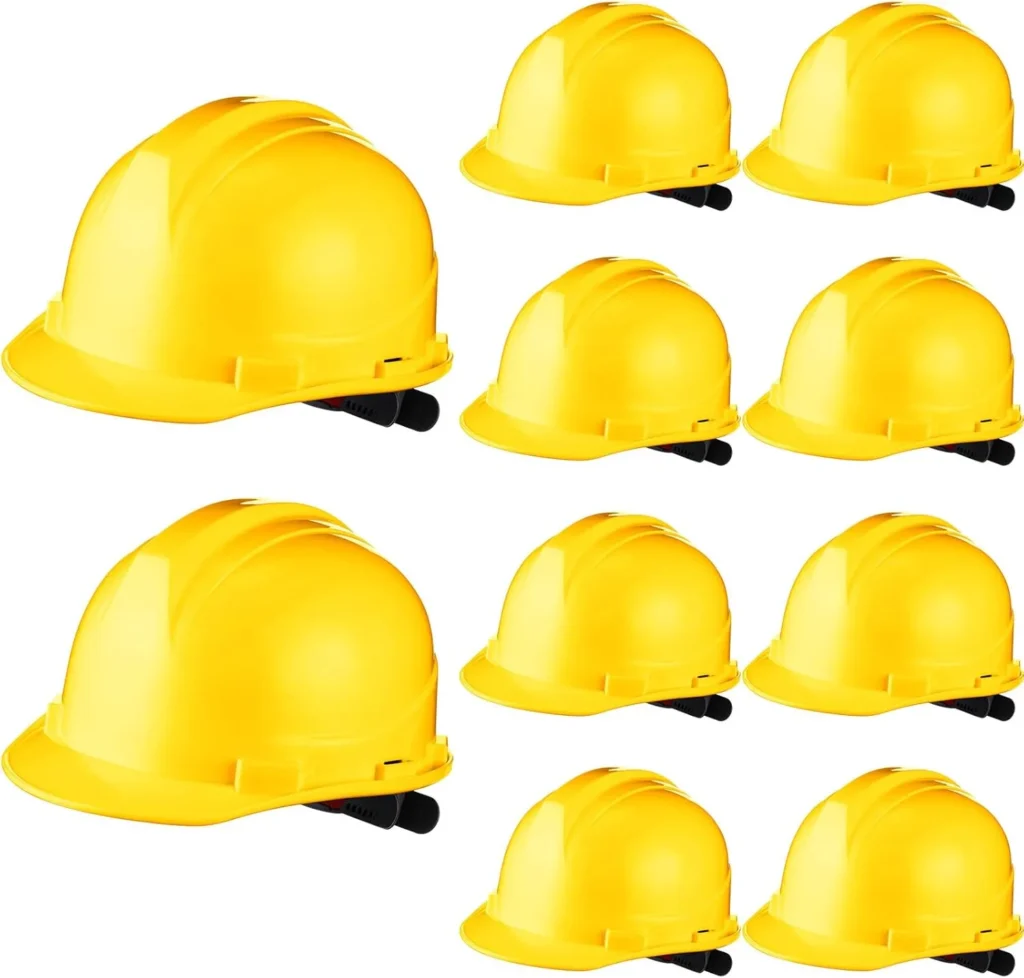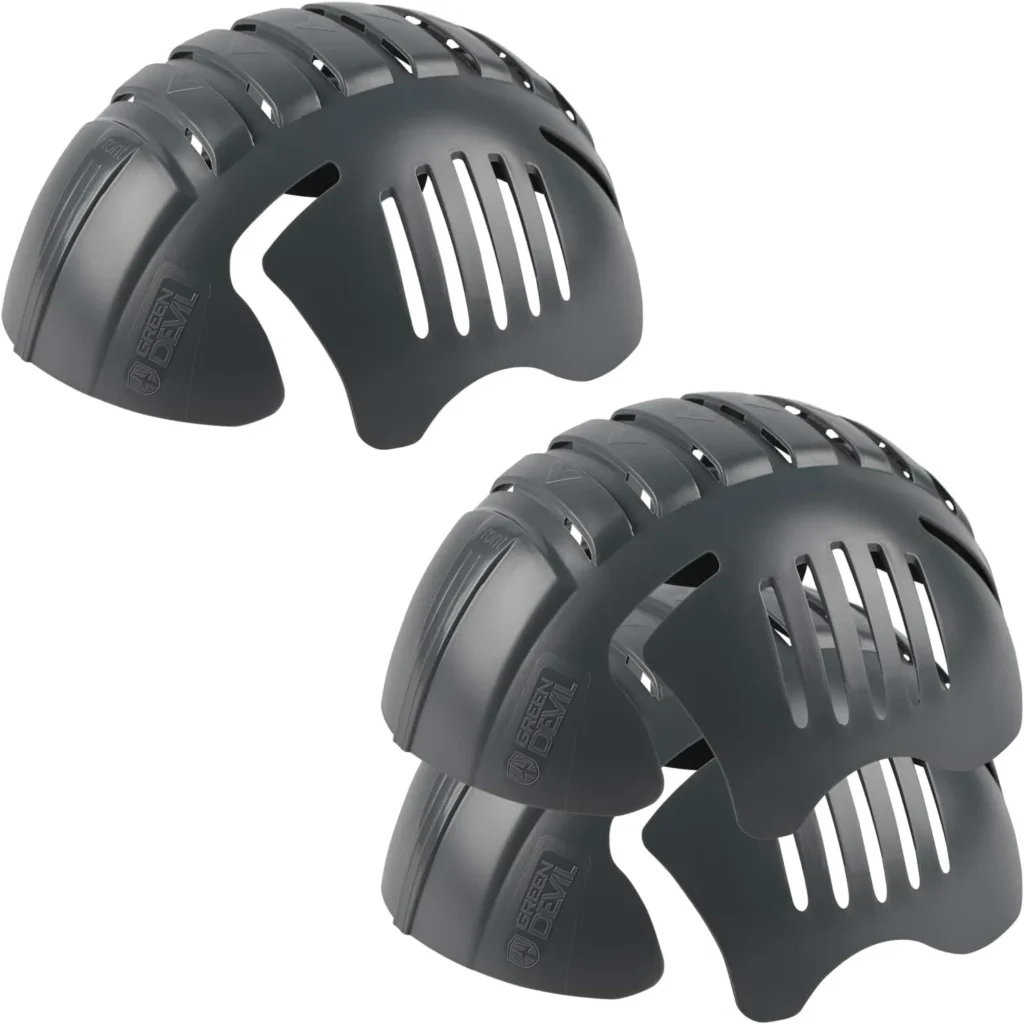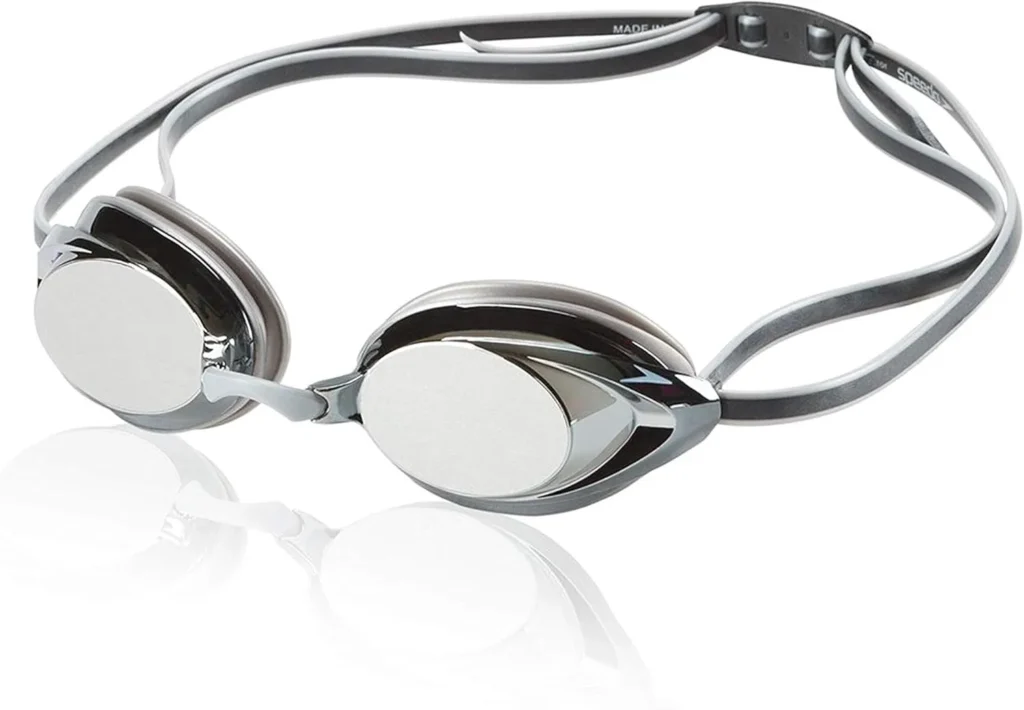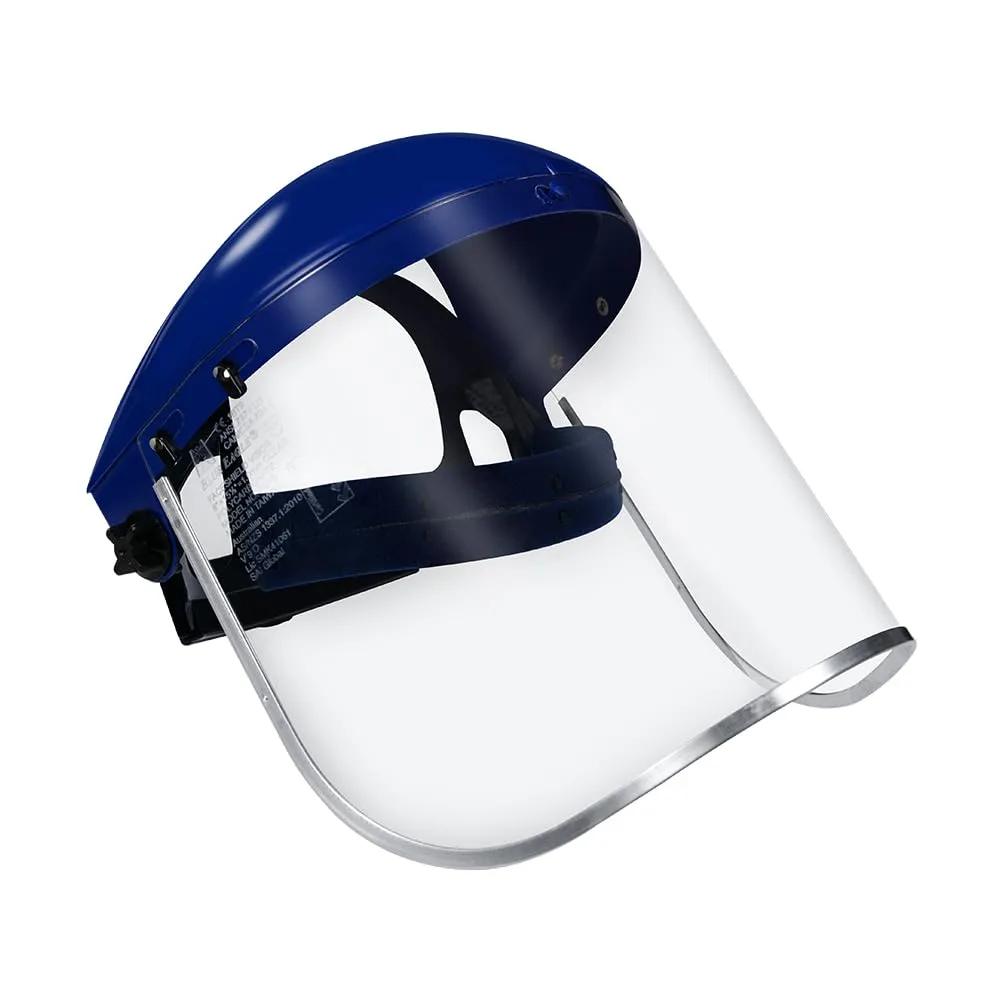Introduction
Personal Protective Equipment (PPE) is a critical component of workplace safety, designed to protect employees from hazards that can cause injury or illness. In industries ranging from construction and manufacturing to healthcare and laboratories, PPE serves as the last line of defense against potential dangers. This comprehensive guide will explore the importance of PPE, the various types available, and how employers and employees can work together to ensure its effective use. By the end of this article, you will have a thorough understanding of why PPE is indispensable in the workplace and how it can save lives.
Understanding PPE
What is PPE?
Personal Protective Equipment (PPE) refers to any wearable equipment or gear designed to protect workers from health and safety risks. PPE includes items such as helmets, gloves, eye protection, high-visibility clothing, safety footwear, and respiratory protective equipment (RPE). The primary purpose of PPE is to minimize exposure to hazards that can cause serious workplace injuries and illnesses.
The Importance of PPE in the Workplace
The workplace can be fraught with various hazards, including physical, chemical, biological, and ergonomic risks. PPE plays a crucial role in mitigating these risks by providing a barrier between the worker and the hazard. For instance, in a construction site, hard hats protect workers from falling debris, while in a healthcare setting, gloves and masks protect against infectious diseases.
Legal Requirements and Standards
In many countries, the use of PPE is mandated by law. Regulatory bodies such as the Occupational Safety and Health Administration (OSHA) in the United States, the Health and Safety Executive (HSE) in the United Kingdom, and the European Union’s PPE Directive set standards for the use of PPE in the workplace. Employers are legally obligated to provide appropriate PPE to their employees and ensure its proper use.
Types of PPE
Head Protection
Hard Hats
Hard hats are essential in environments where there is a risk of head injury from falling objects, impact with fixed objects, or electrical hazards. They are commonly used in construction, mining, and manufacturing industries.
Bump Caps
Bump caps are lighter than hard hats and are designed to protect against minor head injuries, such as bumps and scrapes, in low-risk environments like warehouses.
Eye and Face Protection
Safety Glasses
Safety glasses protect against flying debris, dust, and chemical splashes. They are commonly used in laboratories, workshops, and construction sites.
Goggles
Goggles provide a tighter seal around the eyes, offering protection against chemical splashes, dust, and other hazardous materials. They are often used in chemical handling and woodworking.
Face Shields
Face shields offer full-face protection and are used in conjunction with safety glasses or goggles. They are essential in environments where there is a risk of exposure to infectious diseases, chemical splashes, or flying debris.
Hearing Protection
Earplugs
Earplugs are inserted into the ear canal to protect against noise-induced hearing loss. They are commonly used in noisy environments such as construction sites, factories, and airports.
Earmuffs
Earmuffs cover the entire ear and provide a higher level of noise reduction compared to earplugs. They are often used in extremely noisy environments like airports and heavy machinery operations.
Respiratory Protection
Disposable Masks
Disposable masks, such as N95 respirators, protect against airborne particles, including dust, fumes, and infectious agents. They are widely used in healthcare settings and during pandemics.
Half-Face and Full-face Respirators
Half-face and full-face respirators provide protection against gases, vapors, and particulate matter. They are used in environments with hazardous air quality, such as chemical plants and paint booths.
Powered Air-Purifying Respirators (PAPRs)
PAPRs use a battery-powered blower to force air through filters, providing a higher level of respiratory protection. They are used in environments with high levels of airborne contaminants.
Hand Protection
Gloves
Gloves are one of the most commonly used types of PPE, protecting against cuts, abrasions, chemical exposure, and thermal hazards. Different types of gloves are available for specific tasks, including:
- Cut-resistant gloves: Used in industries like metalworking and glass handling.
- Chemical-resistant gloves: Used in laboratories and chemical plants.
- Thermal gloves: Used in welding and foundries.
- Disposable gloves: Used in healthcare and food processing.
Body Protection
Coveralls
Coveralls provide full-body protection against hazardous substances, including chemicals, biological agents, and particulate matter. They are commonly used in laboratories, healthcare settings, and hazardous material handling.
Aprons
Aprons protect the torso and legs from chemical splashes and other hazards. They are often used in laboratories and food processing.
High-Visibility Clothing
High-visibility clothing, such as vests and jackets, is essential in environments where workers need to be easily seen, such as construction sites and roadwork.
Foot Protection
Safety Boots
Safety boots protect against impact, compression, and puncture hazards. They are commonly used in construction, manufacturing, and warehousing.
Chemical-Resistant Footwear
Chemical-resistant footwear protects against exposure to hazardous chemicals. It is used in chemical plants and laboratories.
Electrical Hazard (EH) Footwear
EH footwear provides protection against electrical hazards and is used in environments with live electrical circuits.
Fall Protection
Harnesses
Harnesses are used in conjunction with lanyards and lifelines to prevent falls from heights. They are essential in construction, roofing, and window cleaning.
Lanyards
Lanyards connect the harness to an anchor point, providing fall arrest or restraint. They are used in conjunction with harnesses.
Lifelines
Lifelines are used in fall arrest systems to provide a secure connection between the worker and the anchor point.
Selecting the Right PPE
Risk Assessment
Before selecting PPE, employers must conduct a thorough risk assessment to identify potential hazards in the workplace. This assessment should consider the nature of the work, the environment, and the specific risks associated with each task.
Fit and Comfort
PPE must fit properly to be effective. Ill-fitting equipment can compromise protection and lead to discomfort, reducing the likelihood that workers will use it consistently. Employers should ensure that PPE is available in various sizes and that employees are trained on how to properly fit and adjust their equipment.
Compatibility
In some cases, workers may need to use multiple types of PPE simultaneously. It is essential to ensure that different types of PPE are compatible and do not interfere with each other. For example, safety glasses should fit comfortably under a hard hat, and a respirator should not interfere with the seal of a face shield.
Durability and Maintenance
PPE must be durable enough to withstand the conditions of the workplace. Employers should select equipment made from high-quality materials and ensure that it is regularly inspected and maintained. Damaged or worn-out PPE should be replaced immediately.
Training and Education
Importance of Training
Proper training is essential to ensure that employees understand the importance of PPE and know how to use it correctly. Training should cover the following topics:
- The types of PPE required for specific tasks.
- How to properly fit, wear, and adjust PPE.
- The limitations of PPE.
- How to inspect and maintain PPE.
- The correct procedures for donning and doffing PPE.
Ongoing Education
Workplace hazards and PPE technologies are constantly evolving. Employers should provide ongoing education to keep employees informed about new risks and advancements in PPE. Regular refresher courses can help reinforce the importance of PPE and ensure that employees remain vigilant about their safety.
Encouraging Compliance
Even with proper training, some employees may be reluctant to use PPE due to discomfort or inconvenience. Employers can encourage compliance by:
- Leading by example: Managers and supervisors should consistently wear PPE to set a positive example.
- Providing comfortable and well-fitting equipment: Employees are more likely to use PPE that is comfortable and easy to wear.
- Offering incentives: Recognizing and rewarding employees who consistently use PPE can encourage others to follow suit.
PPE in Specific Industries
Construction
Construction sites are among the most hazardous workplaces, with risks including falling objects, electrical hazards, and exposure to dust and chemicals. Essential PPE for construction workers includes hard hats, safety glasses, high-visibility clothing, safety boots, and fall protection equipment.
Manufacturing
Manufacturing environments can expose workers to machinery, chemicals, and noise. PPE such as gloves, safety glasses, hearing protection, and respiratory protection are essential in these settings.
Healthcare
Healthcare workers face unique risks, including exposure to infectious diseases and hazardous chemicals. PPE such as gloves, masks, gowns, and face shields are critical in protecting healthcare workers and preventing the spread of infections.
Laboratories
Laboratory workers are exposed to a variety of hazards, including chemical splashes, biological agents, and sharp objects. PPE such as lab coats, gloves, safety glasses, and face shields are essential in these environments.
Oil and Gas
The oil and gas industry presents numerous hazards, including fire, explosions, and exposure to toxic gases. PPE such as flame-resistant clothing, hard hats, safety boots, and respiratory protection are critical in this industry.
Agriculture
Agricultural workers face risks such as exposure to pesticides, machinery, and extreme weather conditions. PPE such as gloves, respirators, and protective clothing are essential in protecting agricultural workers.
The Future of PPE
Technological Advancements
Advancements in technology are leading to the development of more effective and comfortable PPE. For example, smart helmets with built-in sensors can monitor workers’ vital signs and detect hazardous conditions. Similarly, advancements in materials science are leading to the development of lighter, more durable, and more breathable PPE.
Integration with Wearable Technology
Wearable technology, such as smart glasses and fitness trackers, is increasingly being integrated with PPE. These devices can provide real-time data on workers’ health and safety, allowing for quicker response to potential hazards.
Sustainability
As environmental concerns grow, there is increasing interest in developing sustainable PPE. This includes using biodegradable materials, reducing waste, and designing PPE that can be easily recycled.
Customization
Customization is becoming more important in PPE design. Employers are increasingly seeking PPE that can be tailored to the specific needs of their workforce, including custom-fit equipment and personalized safety features.
Case Studies
Case Study 1: Construction Site Safety
A construction company implemented a comprehensive PPE program, including mandatory hard hats, safety glasses, and high-visibility clothing. The company also provided training on the proper use of PPE and conducted regular safety audits. As a result, the company saw a significant reduction in workplace injuries and improved employee morale.
Case Study 2: Healthcare Worker Protection
During the COVID-19 pandemic, a hospital implemented strict PPE protocols, including the use of N95 respirators, gloves, gowns, and face shields. The hospital also provided training on the proper donning and doffing of PPE. These measures helped protect healthcare workers and prevent the spread of the virus within the hospital.
Case Study 3: Laboratory Safety
A research laboratory implemented a PPE program that included lab coats, gloves, safety glasses, and face shields. The laboratory also conducted regular risk assessments and provided ongoing training on the use of PPE. As a result, the laboratory saw a reduction in chemical spills and injuries, and employees reported feeling safer at work.
Common Misconceptions About PPE
Misconception 1: PPE is Only Necessary in High-Risk Industries
While it is true that high-risk industries such as construction and manufacturing require extensive PPE, even low-risk environments can present hazards that require PPE. For example, office workers may need ergonomic equipment to prevent repetitive strain injuries, and healthcare workers need PPE to protect against infectious diseases.
Misconception 2: PPE is Uncomfortable and Inconvenient
While some PPE can be uncomfortable, advancements in design and materials have led to the development of more comfortable and user-friendly equipment. Employers should work with employees to find PPE that is both effective and comfortable.
Misconception 3: PPE is Expensive
While there is a cost associated with providing PPE, the cost of workplace injuries and illnesses can be far greater. Investing in PPE can save employers money in the long run by reducing the number of workplace accidents and associated costs.
Misconception 4: PPE Alone is Enough to Ensure Safety
PPE is an important part of workplace safety, but it should not be relied upon as the sole means of protection. Employers should also implement engineering controls, administrative controls, and safe work practices to reduce hazards.
Best Practices for PPE Use
Regular Inspections
PPE should be regularly inspected for signs of wear and damage. Damaged or worn-out equipment should be replaced immediately to ensure continued protection.
Proper Storage
PPE should be stored in a clean, dry, and accessible location. Proper storage helps prevent damage and ensures that PPE is readily available when needed.
Maintenance and Cleaning
PPE should be regularly cleaned and maintained according to the manufacturer’s instructions. Proper maintenance helps extend the life of the equipment and ensures that it remains effective.
Reporting Issues
Employees should be encouraged to report any issues with their PPE, including discomfort, fit problems, or damage. Employers should take these reports seriously and take action to address any concerns.
Continuous Improvement
Workplace safety is an ongoing process. Employers should regularly review and update their PPE programs to ensure that they are effective and up-to-date with the latest safety standards and technologies.
Conclusion
Personal Protective Equipment (PPE) is a vital component of workplace safety, protecting employees from a wide range of hazards. From head protection and eye protection to respiratory protection and fall protection, PPE plays a crucial role in preventing workplace injuries and illnesses. Employers have a legal and moral obligation to provide appropriate PPE to their employees and ensure its proper use.
By conducting thorough risk assessments, selecting the right PPE, providing training and education, and encouraging compliance, employers can create a safer work environment for their employees. As technology continues to advance, the future of PPE looks promising, with the development of more effective, comfortable, and sustainable equipment.
Ultimately, the goal of PPE is to save lives and prevent injuries. By prioritizing the use of PPE in the workplace, employers can protect their most valuable asset—their employees—and create a culture of safety that benefits everyone.
This article has provided a comprehensive overview of PPE in the workplace, covering its importance, types, selection, training, industry-specific applications, and future trends. By following the best practices outlined in this article, employers can ensure that their workforce is well-protected and that their workplace is as safe as possible. Remember, PPE is not just a requirement—it’s a life-saving necessity.
See Also
-

Corporate Ombuds vs HR: The Surprising Difference That Could Protect Your Job
-

Google or Microsoft? Breaking Down the Ecosystem Battle for Your Daily Digital Life
-

Smarter Workspaces, Smarter Teams: The Ultimate Guide to a Productivity-Boosting Office Setup
-

The Ultimate Guide to File Management: Declutter Your Digital Life Today!
-

The Paperless Revolution: 7 DMS Platforms Set to Dominate Offices in 2025
-

Mastering IT Incident Response: A Comprehensive Framework for Corporate Security
